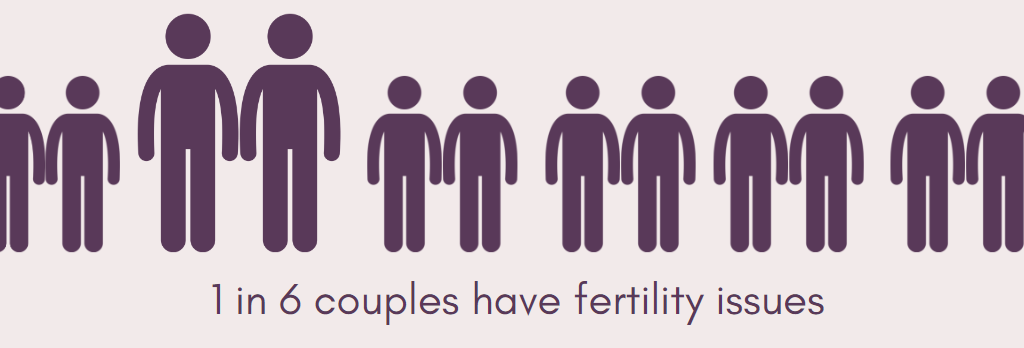A HyCoSy fertility scan is a short procedure to detect whether the fallopian tubes are damaged or blocked. It is sometimes called a Tubal Patency Test or a Dye Test and can be a substitute for a HSG (Hysterosalpingography) or Laparoscopy and Dye, without the use of X-rays. A small thin catheter is passed through the cervix into the uterus and ultrasound contrast medium is passed through the fallopian tubes. The progress of the fluid can be monitored by ultrasound and any blockages or abnormalities can be detected.
How Much Does It Cost?
HyCoSy (fallopian tube patency test) – £425
This is designed for women who have concerns about their fallopian tubes. A dye is passed through the fallopian tube under ultrasound guidance and each of the fallopian tubes is assessed for adhesions and blockages etc. The technique is called Hysterosalpingo-Contrast Sonography (HyCoSy). Patients should empty their bladder before the HyCoSy.
HyCoSy (fallopian tube patency test) and Consultation – £605
This service is exactly the same as the above initial HyCoSy treatment and investigations, with the addition of a full post-test consultation with your doctor to discuss the results of your test and the wider implications for your fertility and possible fertility treatment. Patients should empty their bladder before the HyCoSy. This treatment option consists of the following:
- Ultrasound scan of uterine and pelvic physiology, including Antral Follicle Count
- Fallopian tube patency test (HyCoSy)
- Medical history review
- Full consultation & plan
When to have a HyCoSy (fallopian tube patency test)
If you are considering this treatment it is advisable to contact us on the 1st or 2nd day of your period to arrange an appointment. The best time to perform the HyCoSy test is usually between days 5 to 12 of your monthly cycle.
The HyCoSy Procedure
Our HyCoSy test takes place using 3D ultrasound, which allows for a significantly better assessment of the uterine anatomy than with 2D ultrasonography. It consists of the introduction of a contrast medium through the cervical canal into the uterus, through the Fallopian Tubes and into the peritoneal cavity.
The passage of the contrast medium is monitored through a transvaginal (internal) scan. This procedure determines whether there are any blockages present in the Fallopian Tubes which would prevent an egg passing safely through them when you ovulate. It should be performed after menstruation in the first half of the cycle, sometime between days five and twelve.
HyCoSys are highly-skilled treatments performed at the Concept Fertility Clinic, by our own staff, for our patients. We also perform these procedures for the patients of other fertility centres or fertility specialists as well as patients referred by GPs and gynaecologists or by patients self-referring themselves after discussion with our specialists. (Examples include unexplained infertility at a young age or if they are concerned that an infection such as chlamydia could have scarred their Fallopian Tubes.)
During the procedure itself, a catheter is passed through the vagina, through the cervix into the uterus (womb). A small balloon is then inflated to keep the catheter in place in the uterine cavity before the contrast medium is introduced through the catheter. This may cause some discomfort and feels similar to the uterine cramps experienced during menstruation. Throughout the process the procedure is monitored by your doctor via an ultrasound scan. This allows your doctor to view the contrast medium flowing through your Fallopian Tubes.
How Long Does A HyCoSy Test Take?
Our HyCoSy (fallopian tube patency test) procedure takes approximately 30 minutes to complete and no anaesthetic is required.
Sexual Intercourse and HyCoSy Treatment
It is recommended that you avoid intercourse from the first day of your last menstrual period until after the HyCoSy (fallopian tube patency test) procedure itself. After the test you can continue with your normal daily activities including protected or unprotected sexual intercourse if you wish.
HyCoSy & Chlamydia
Before your HyCoSy (fallopian tube patency test) your Consultant may suggest that you have a high vaginal swab and chlamydia screen which will be performed to exclude and eliminate infection prior to the HyCoSy testing or, alternatively, you may be prescribed a course of antibiotics.
Painkillers & Antibiotics
We recommend that you take two Paracetamol tablets, or any other common painkiller, one or two hours before the procedure. If you have any concern regarding this procedure and the use of painkillers for any reason, including any medical condition that you may have, please contact our experienced staff for more information and advice.
Follow Up Treatment Options After HyCoSy (fallopian tube patency test)
After the HyCoSy has been completed, your doctor will discuss the results with you and you will receive a written report by post. The procedure shows where the contrast medium has spilt (i.e. where it has flowed without impedance). If any abnormality is indicated, laparoscopy and/or hysteroscopy may be recommended to investigate the situation further. A discussion will be arranged with your Consultant to discuss this in more detail.
Post-treatment, you will be required to take a course of antibiotics for five days to reduce the chance of infection. These will be prescribed to you on the day of the procedure.










